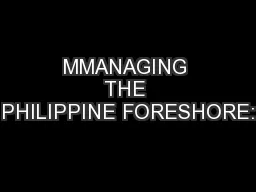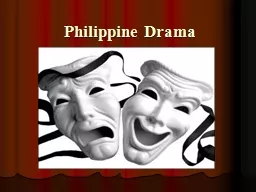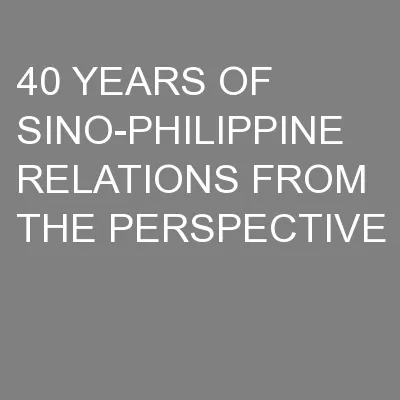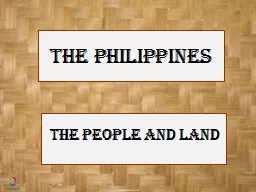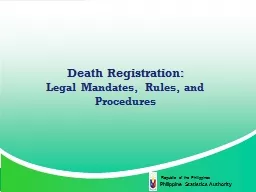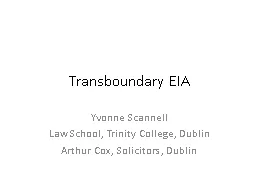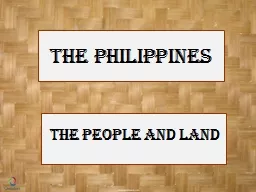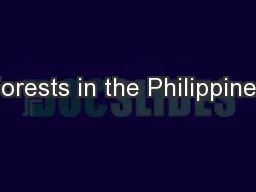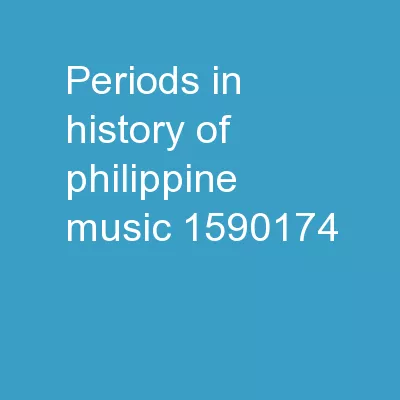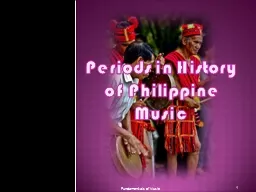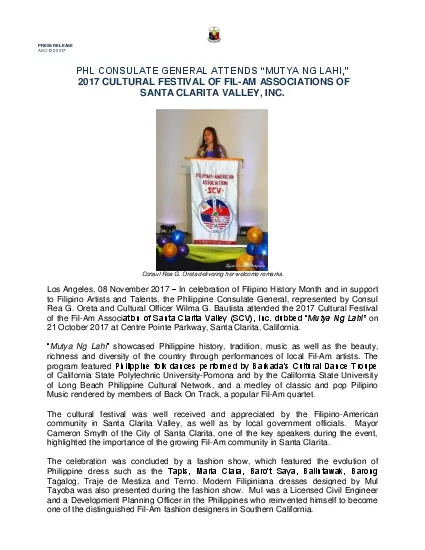PDF-MMANAGING THE PHILIPPINE FORESHORE:
Author : faustina-dinatale | Published Date : 2016-06-06
July 2004This project is implemented by Development Alternatives Inc with the support of its subcontractors Orient Integrated Development Consultants Inc n Resources
Presentation Embed Code
Download Presentation
Download Presentation The PPT/PDF document "MMANAGING THE PHILIPPINE FORESHORE:" is the property of its rightful owner. Permission is granted to download and print the materials on this website for personal, non-commercial use only, and to display it on your personal computer provided you do not modify the materials and that you retain all copyright notices contained in the materials. By downloading content from our website, you accept the terms of this agreement.
MMANAGING THE PHILIPPINE FORESHORE:: Transcript
Download Rules Of Document
"MMANAGING THE PHILIPPINE FORESHORE:"The content belongs to its owner. You may download and print it for personal use, without modification, and keep all copyright notices. By downloading, you agree to these terms.
Related Documents

